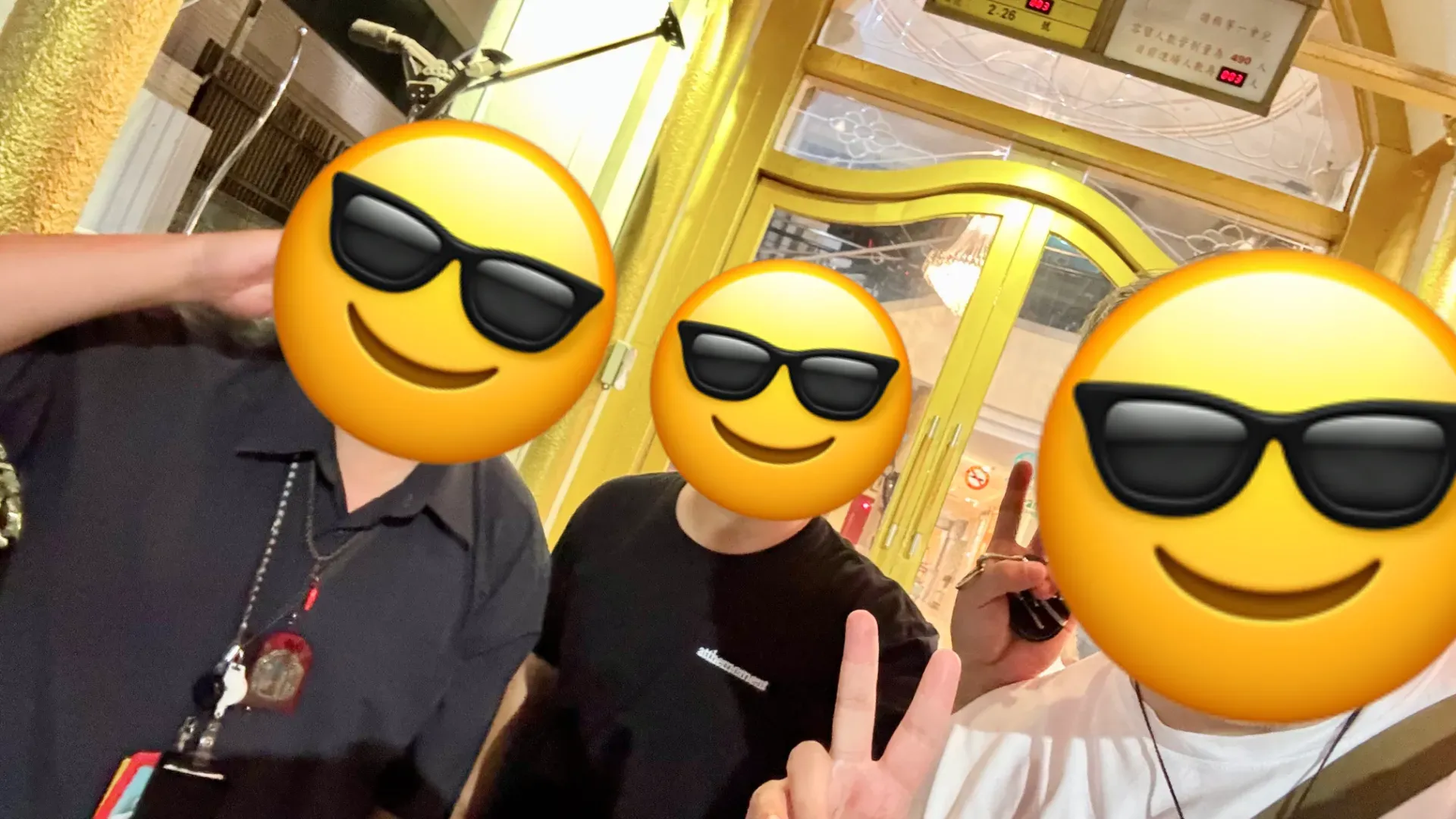It’s not karaoke, it’s KTV!
$15 for five hours of singing your lungs out…
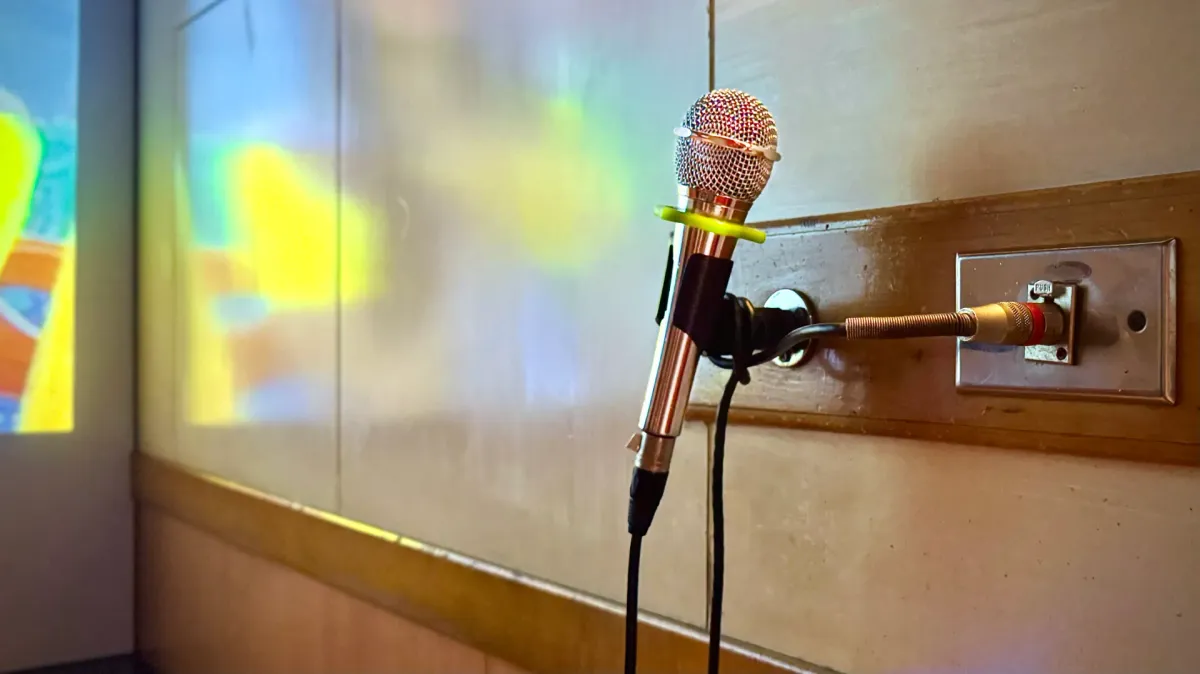
In Taiwan there’s karaoke, and then there’s KTV.
Karaoke—which in Taiwan is pronounced kala-OK—is the kind of public singing you’re familiar with: people performing at a bar (or on stage), for better or for worse.
KTV, by comparison, is karaoke in a private room.
The name comes from late-’80s marketing efforts, back when this concept first came to Taiwan. The ‘TV’ part highlighted the fact you could sing to subtitled videos on a TV screen, which was exciting at the time.
And I can confirm after trying it myself, it’s still exciting in 2025.
Earlier this month, at 10:30 on a Wednesday night, I joined two others at Soaring Spirit KTV (神采飛揚KTV) in northern Kaohsiung.
For NT$300 (NZ$15) each, we got a discount on our first round of drinks and a private room for five hours.
I thought one or two hours would be enough, but the minimum booking was five.
As it turned out, we used almost all of that time…
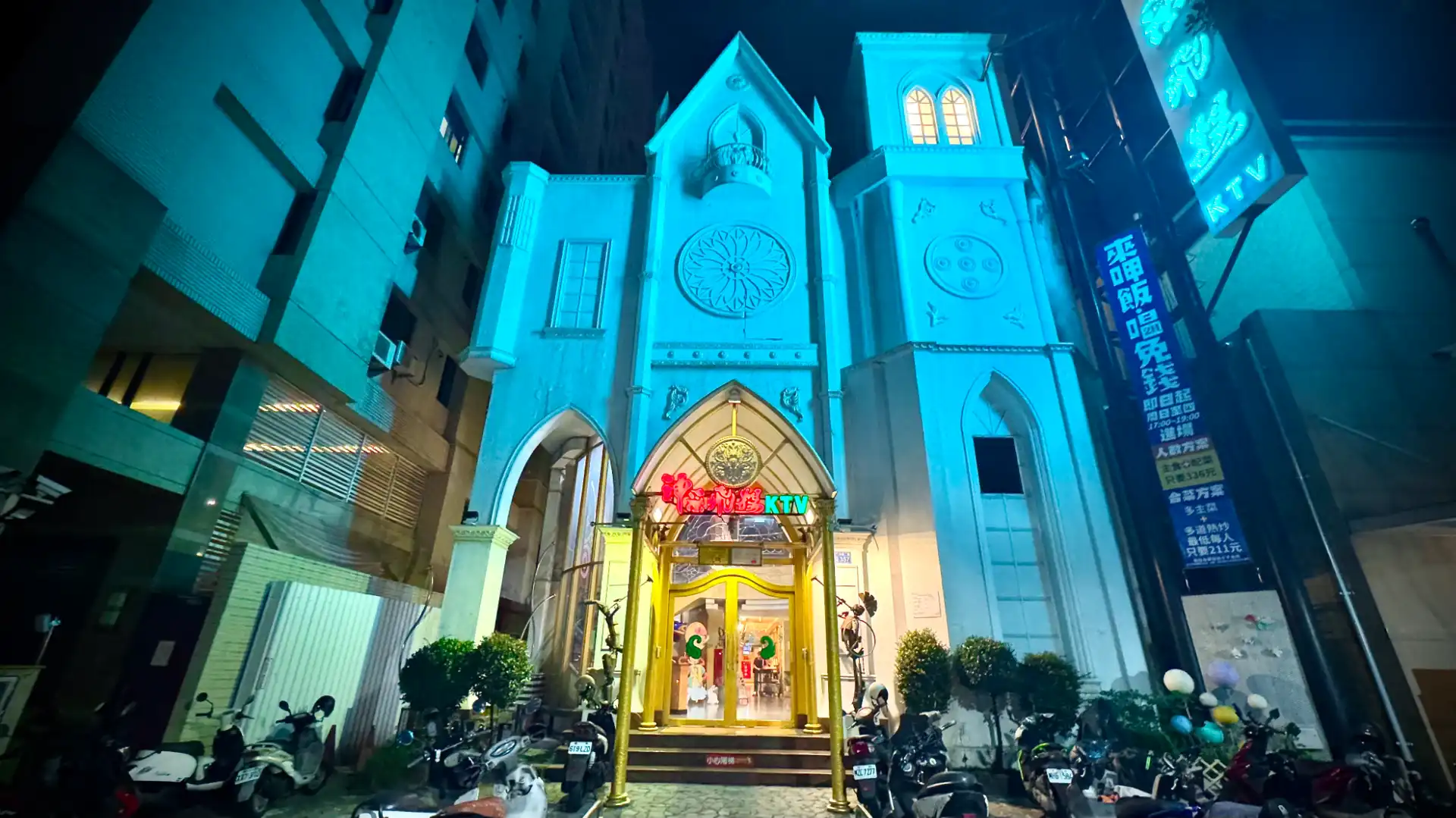
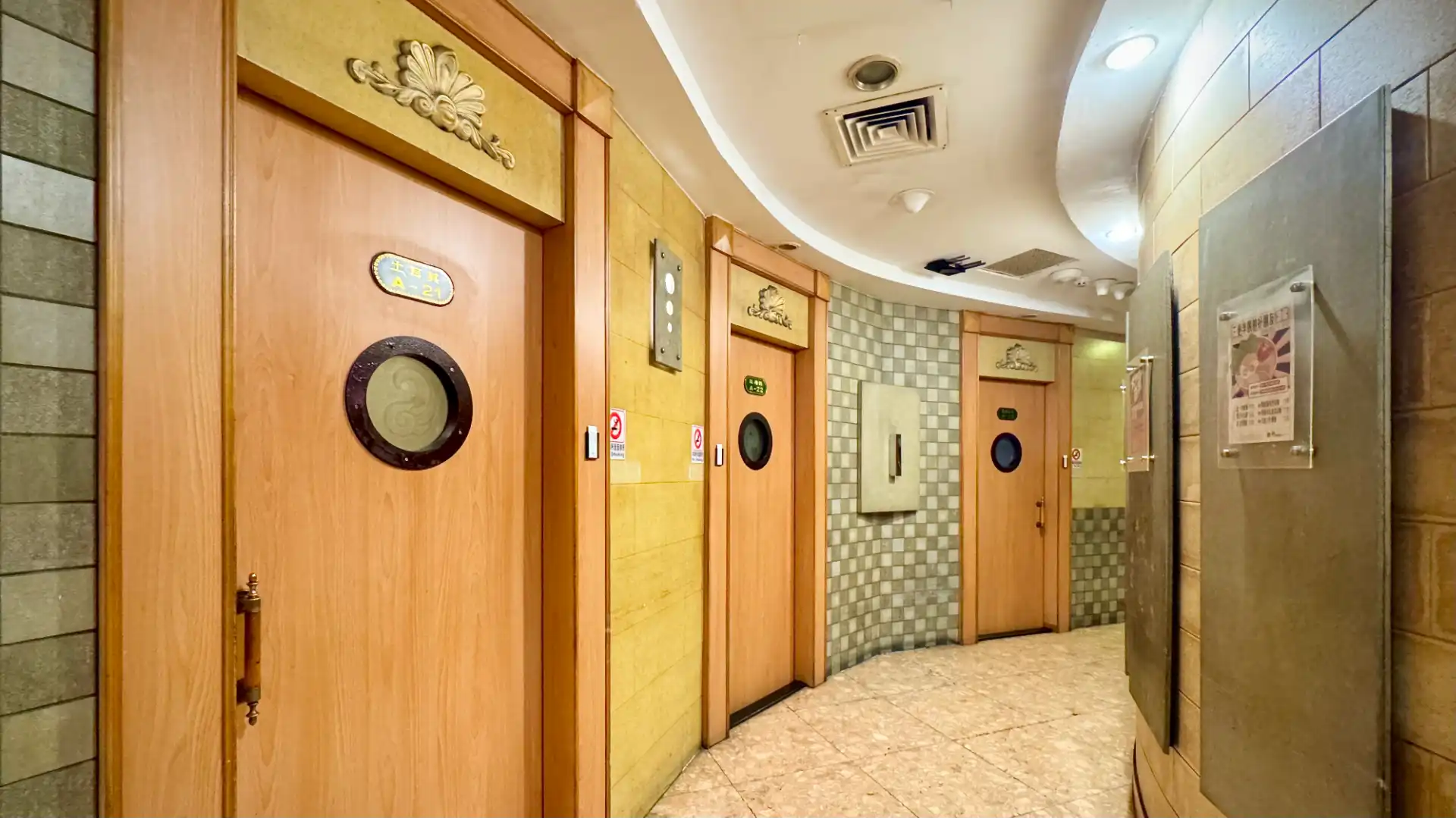
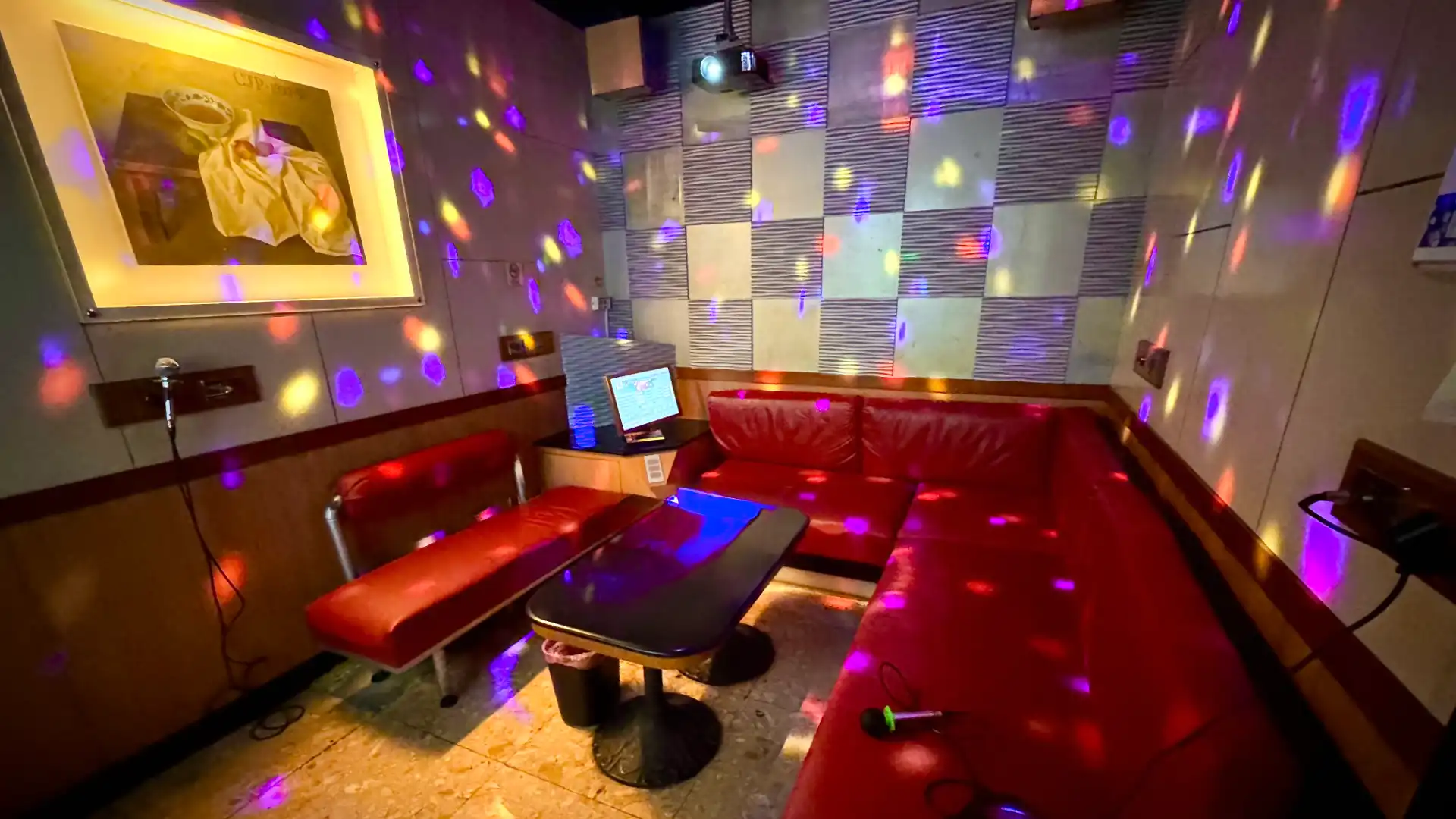
While the others picked Chinese-language songs on the touchscreen controller, I started by inspecting the room:
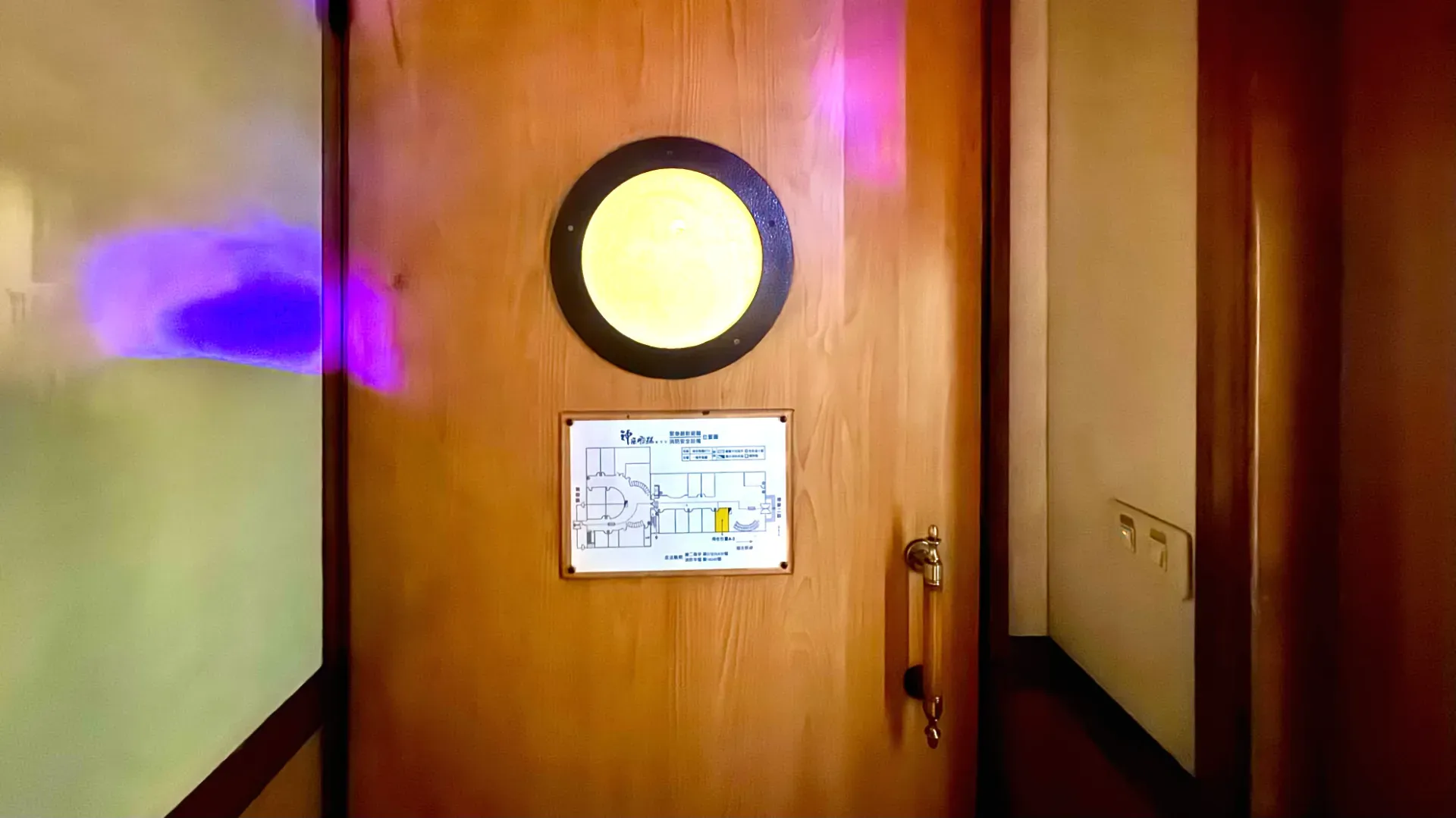
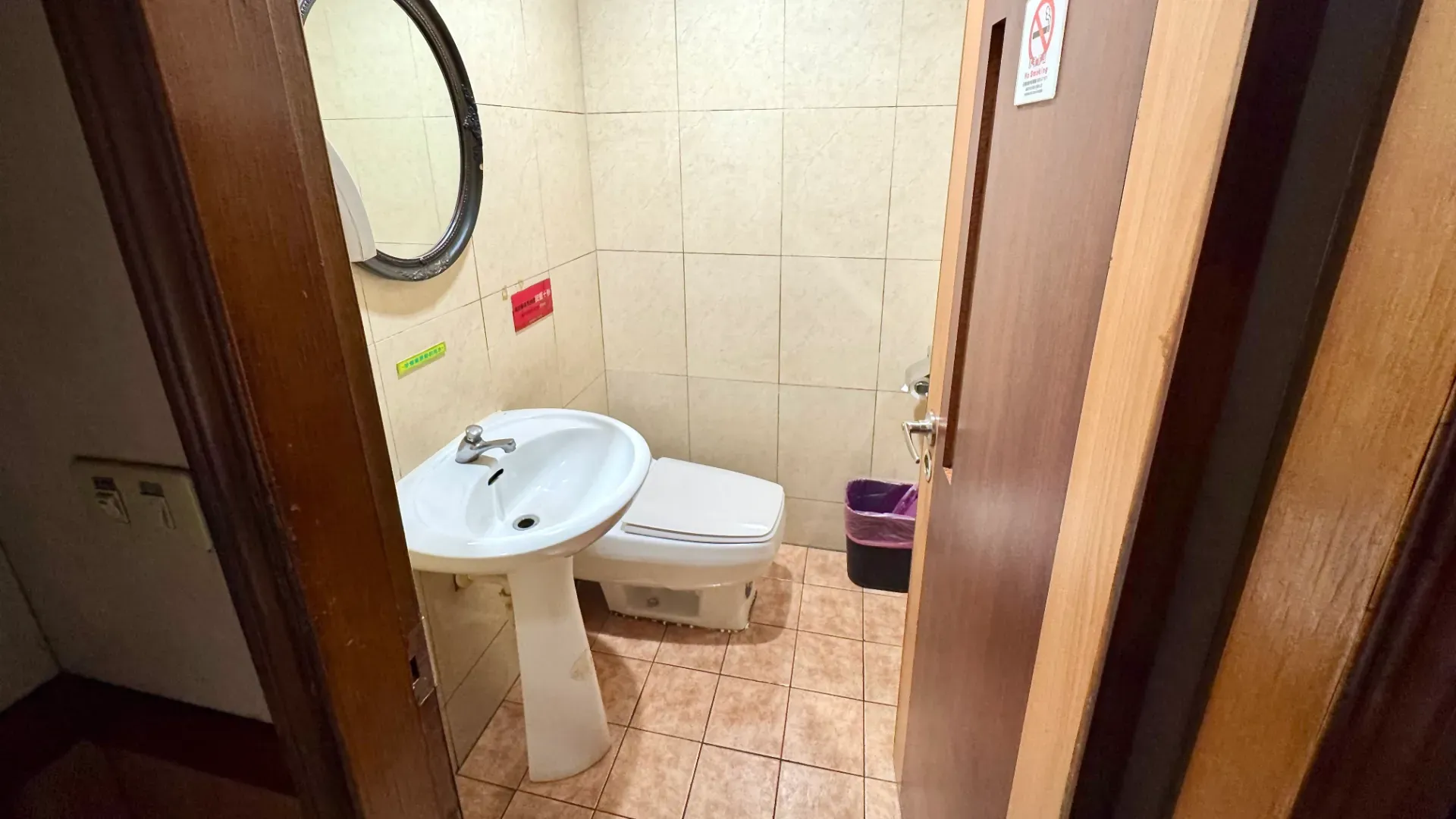
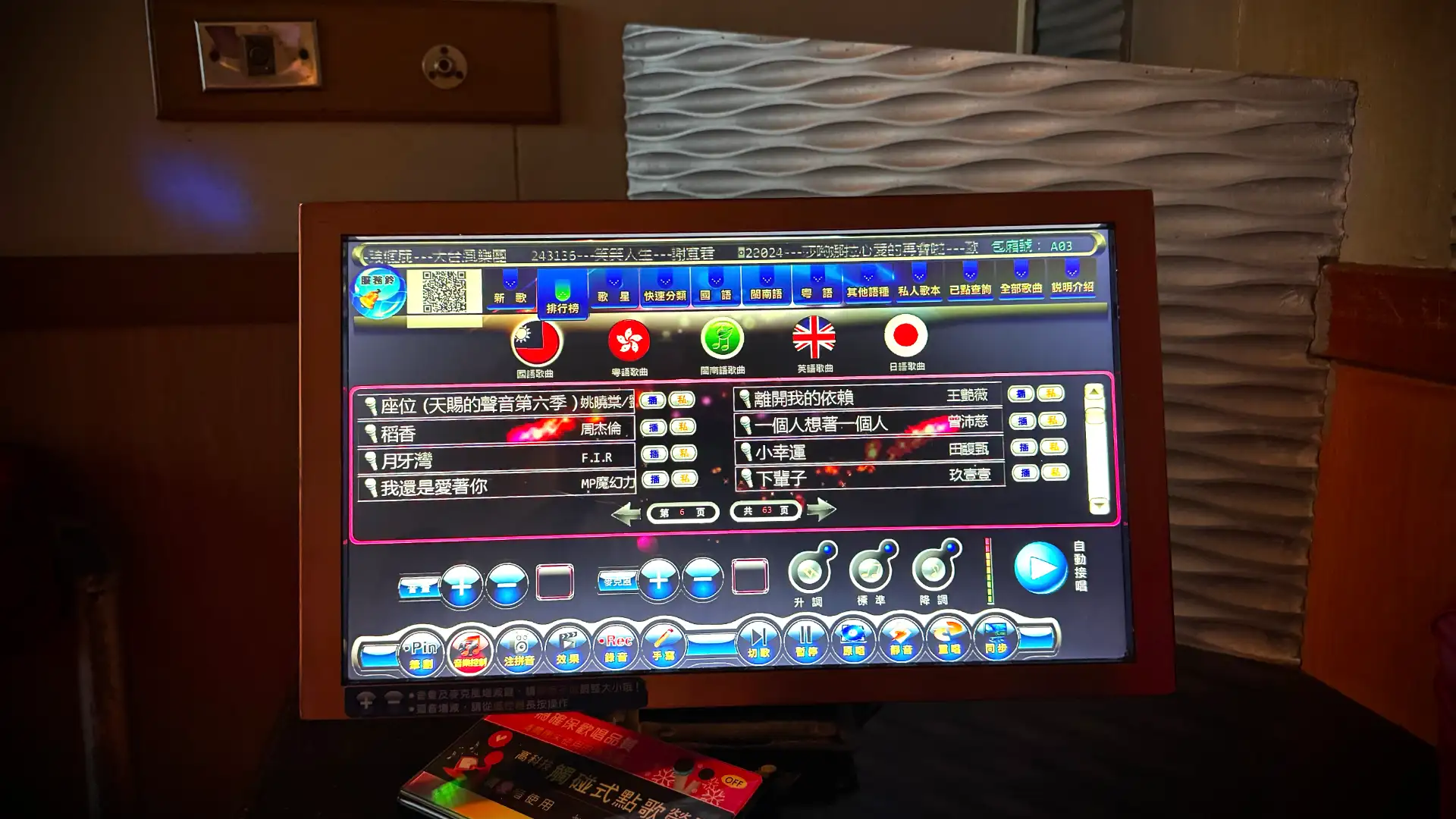
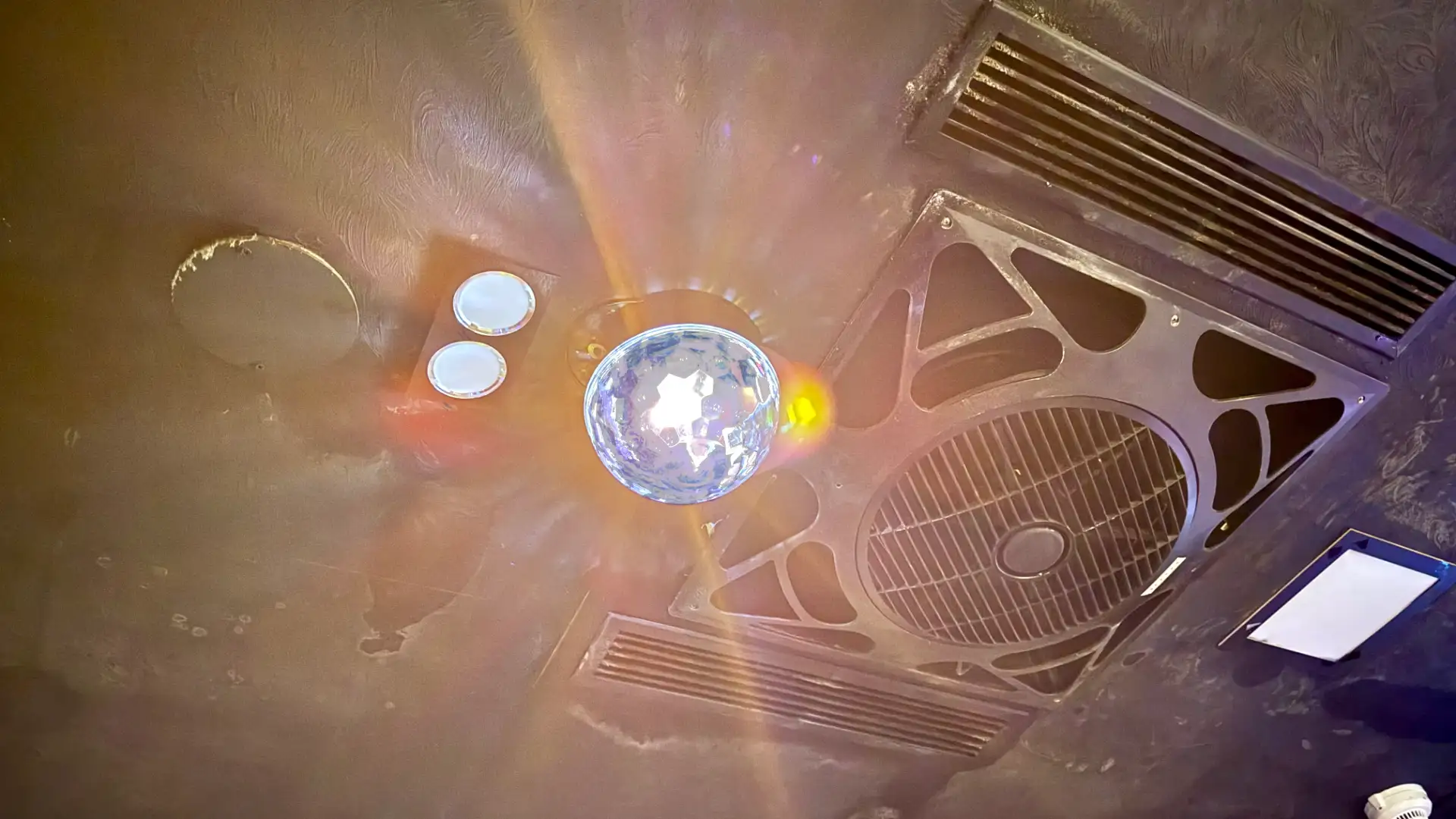
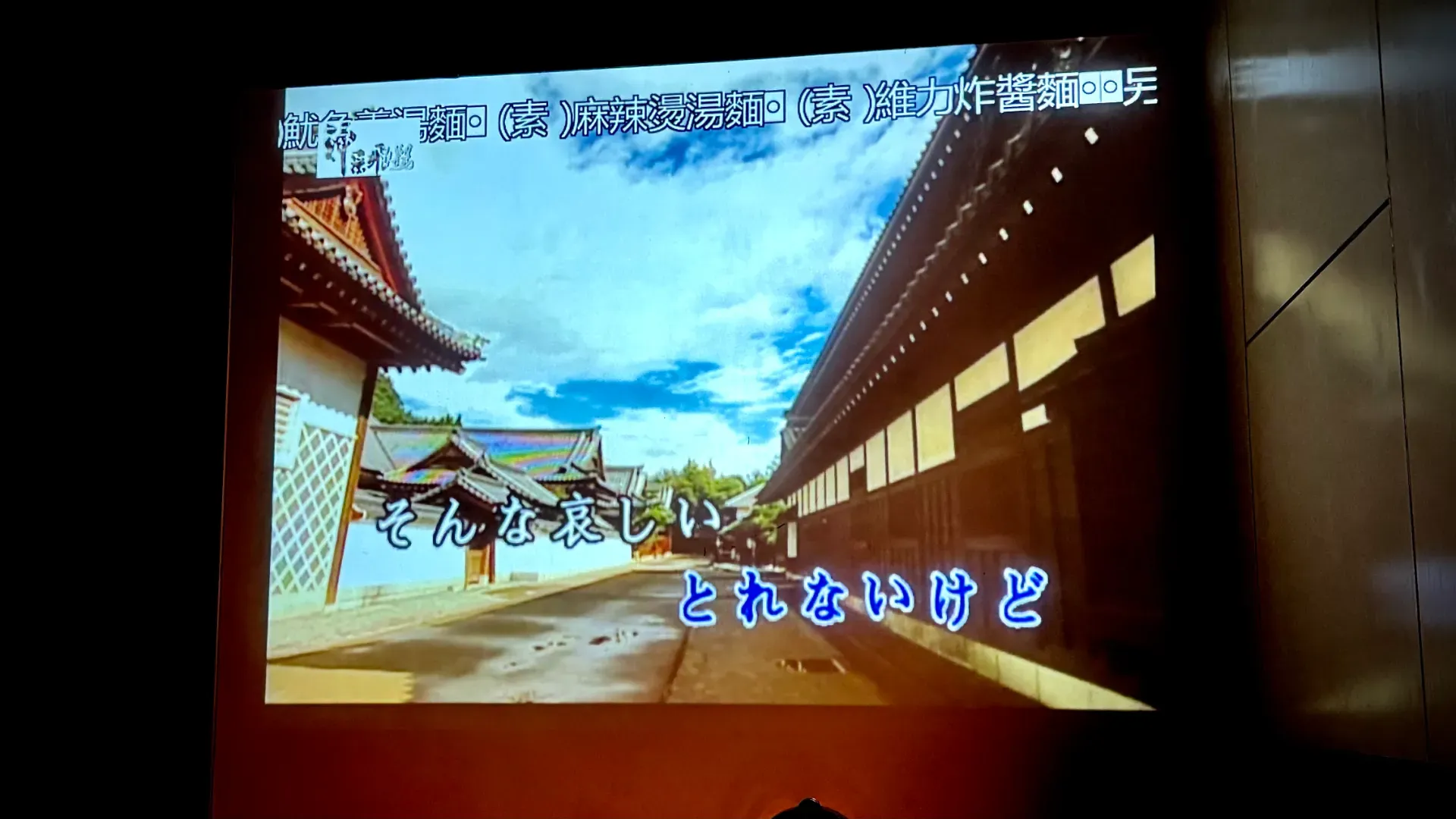
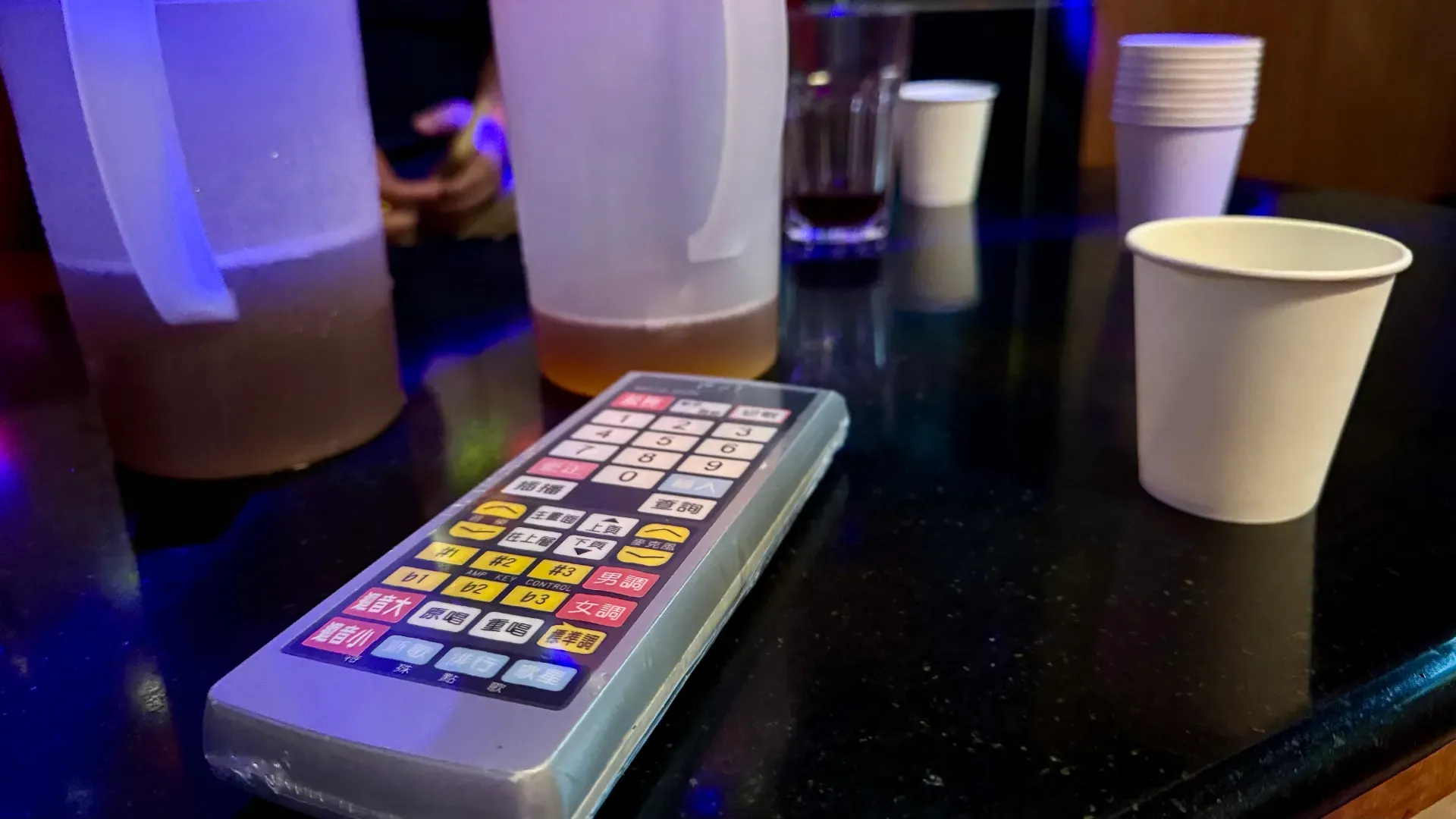
About an hour into the night, I realized we could also scan a QR code to add songs with our phones:

About half the English songs were covers, including ‘Yellow Submarine’ by Emil Chau (周華健). I could tell some were covers by the typos in their names—for example, ‘Yellow Sobmarine’ by Tarcy Su (蘇慧倫):
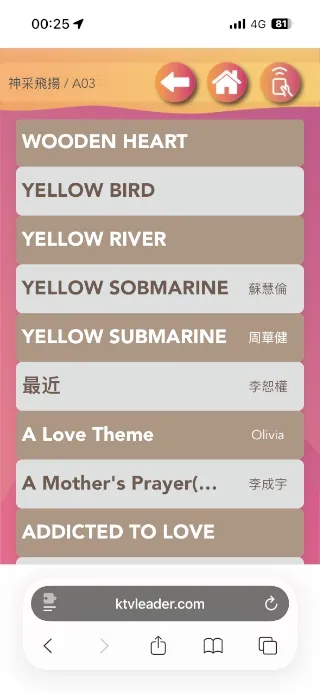
The sound system was excellent but the videos were hit-and-miss. One of the first we played had a suspicious “TAIWAN ONLY” watermark across the middle:
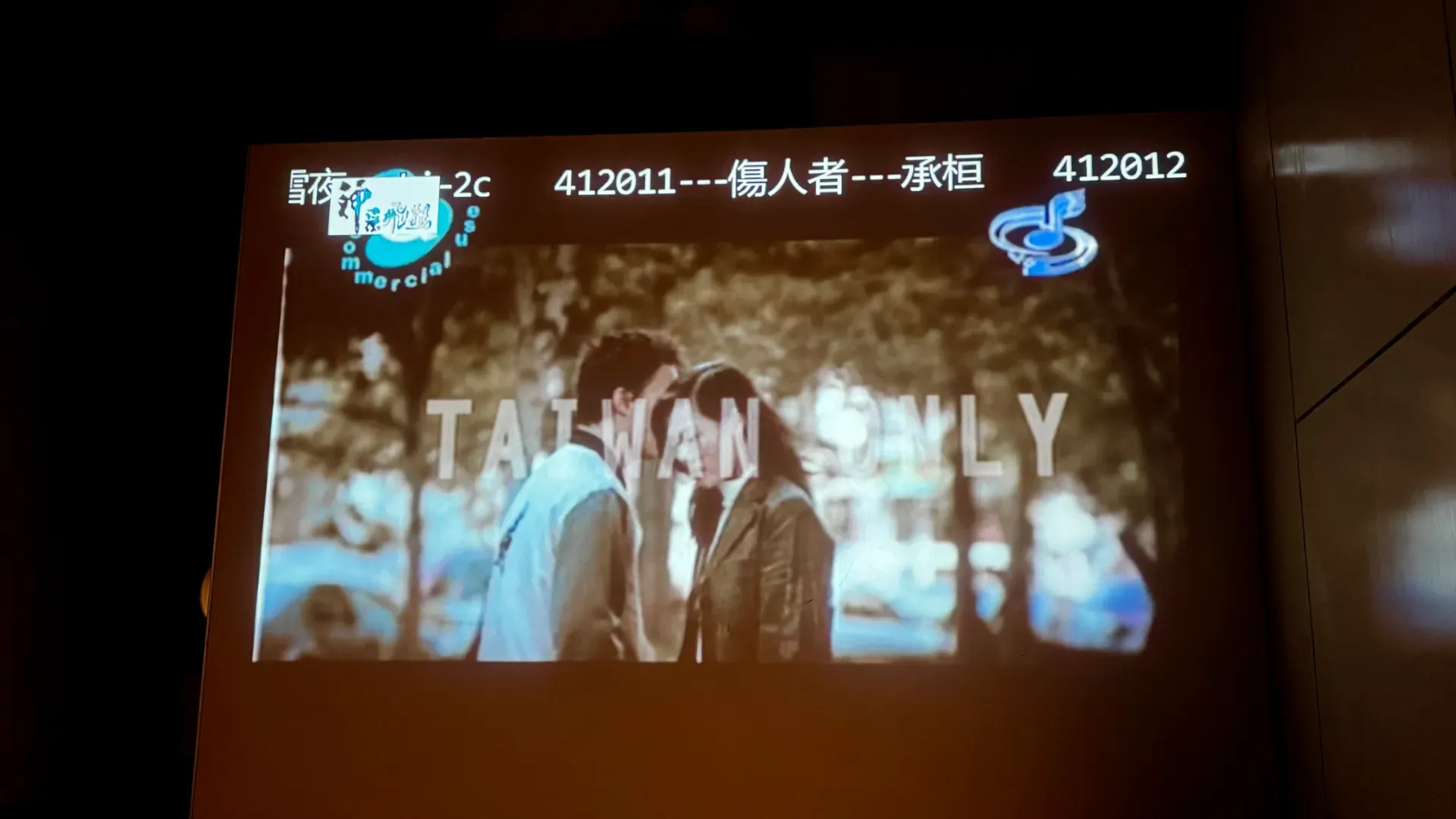
Others had slow-motion stock footage of people or landscapes:
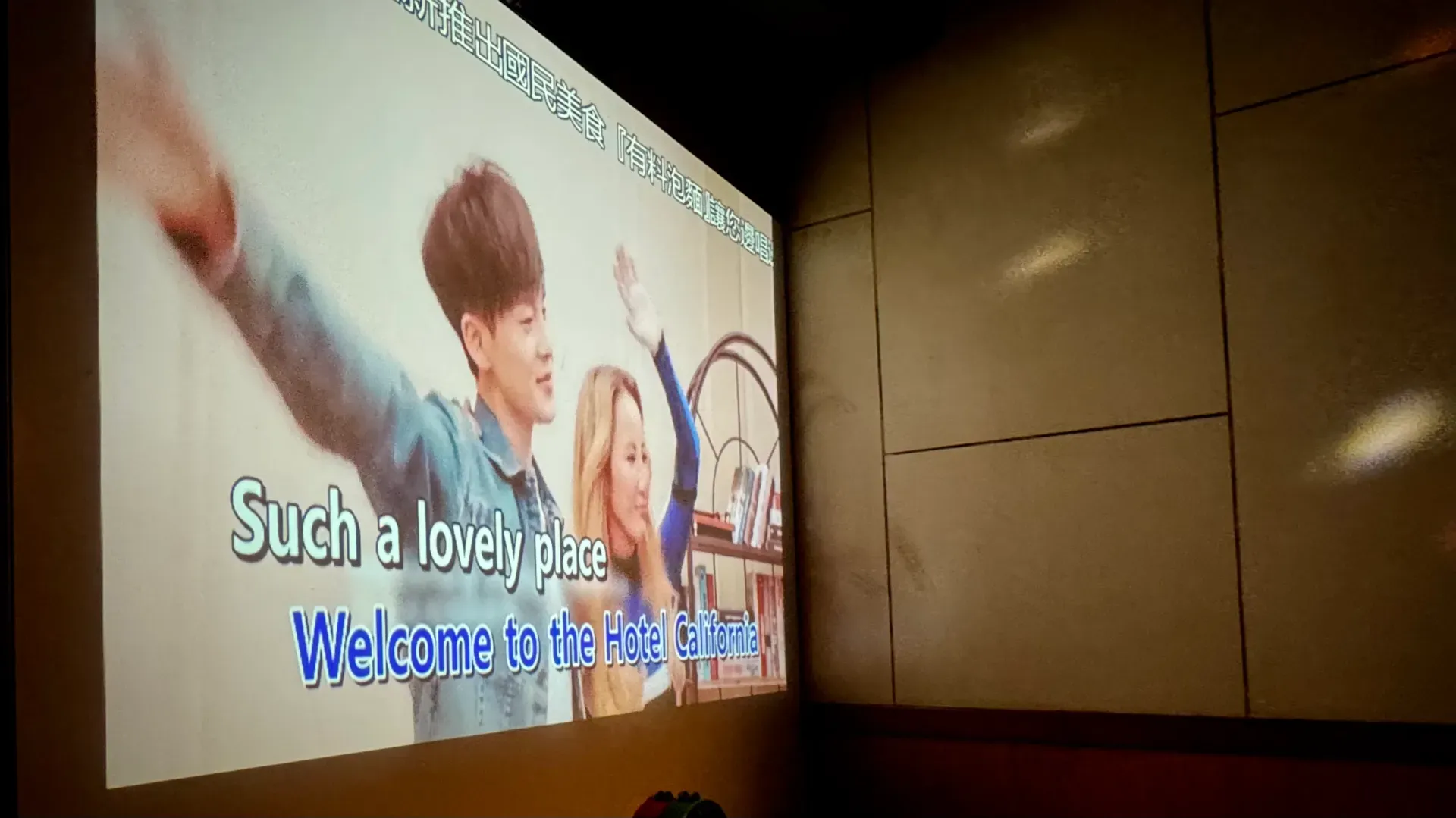
But many of the music videos were authentic, including those from Taylor Swift:
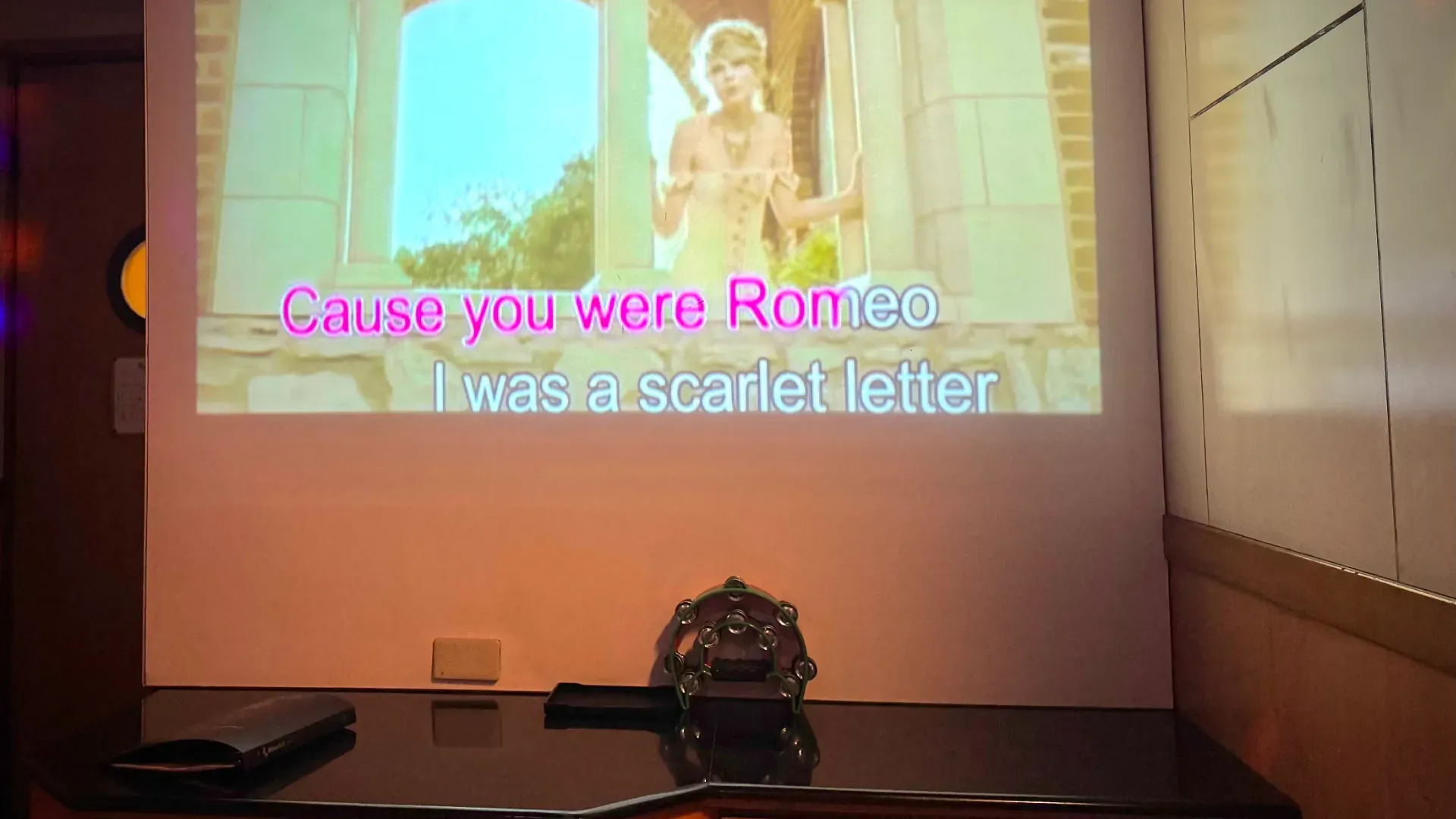
But tambourines or no tambourines, for me KTV was—unexpectedly—non-stop wholesome sing-your-lungs-out joy.
I was the only person there who couldn’t actually sing, but the others kindly tolerated my mangling of every available English track. (Although having said that, adding reverb and turning up the original vocals helped mitigate the damage.)
Aside from ‘Hotel California’ and some deep cuts from R.E.M., the selection was heavily skewed to 2000s pop and ’80s power ballads. Not my usual choices—but they were F.U.N.
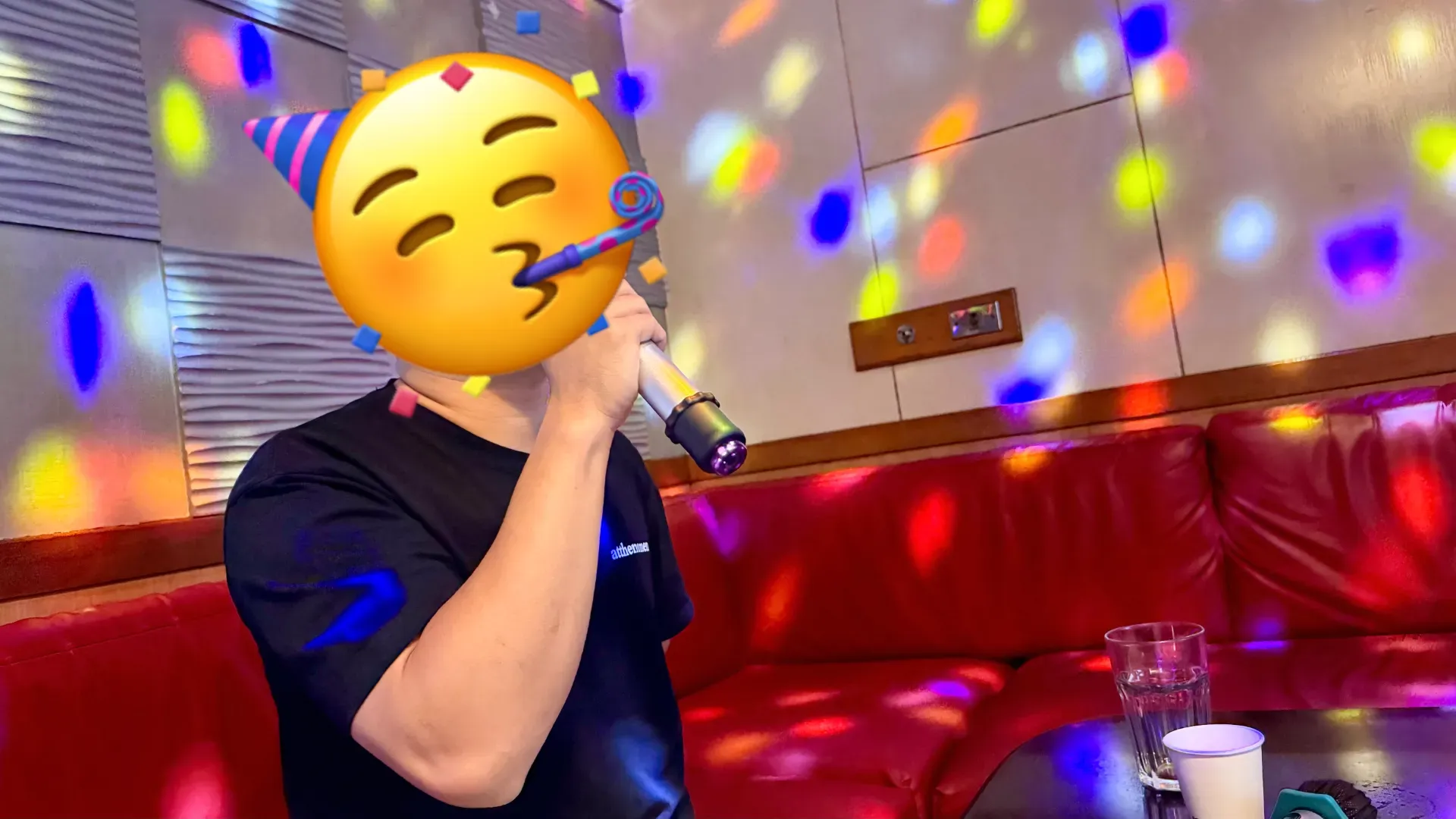
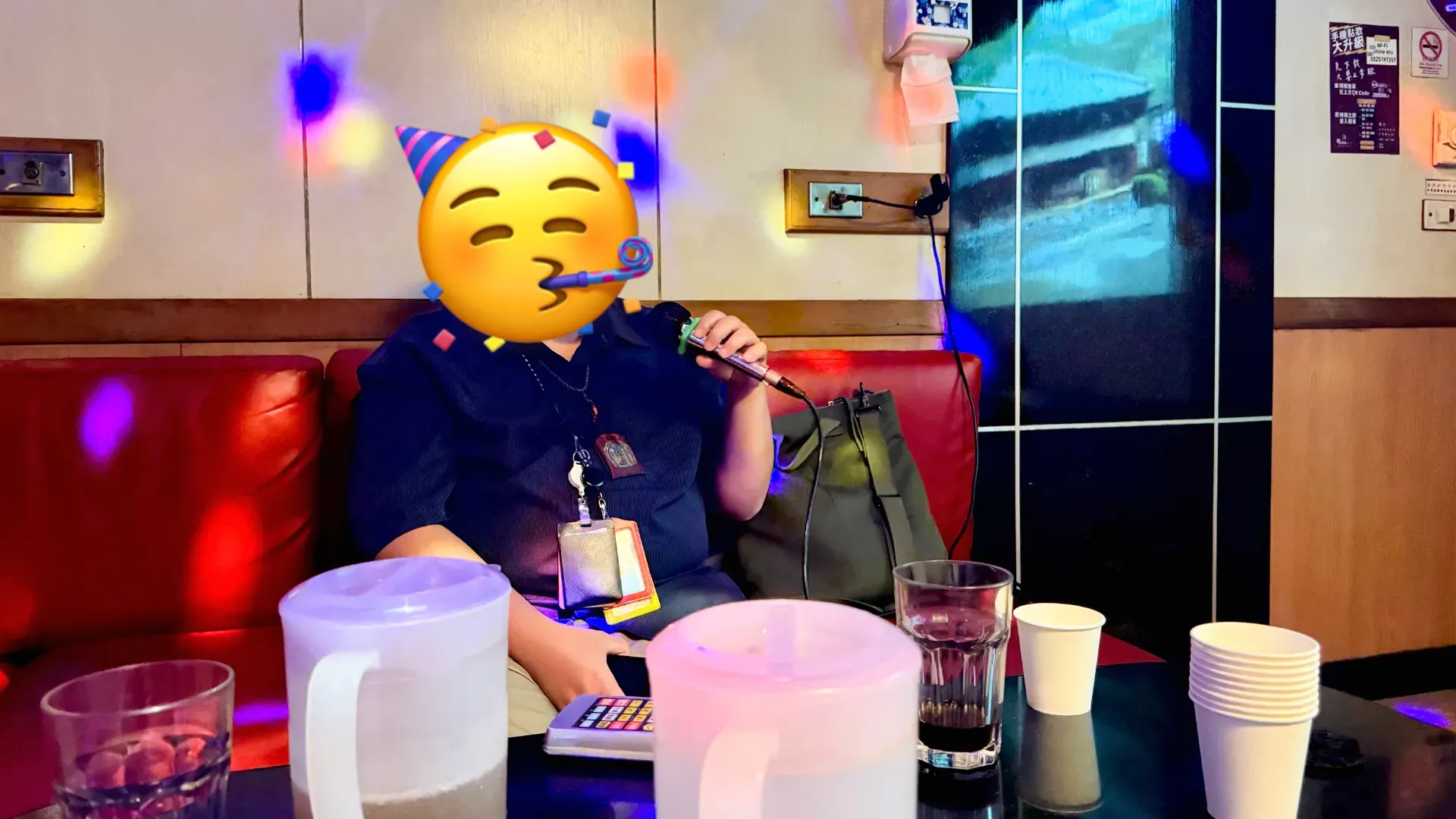

I can’t comprehend it, but somehow we stayed there four-and-a-half hours—finally leaving at 3am.
I got a photo of the three of us outside as we left. I think we’ve never been so photogenic.
KTV is good for the soul.
